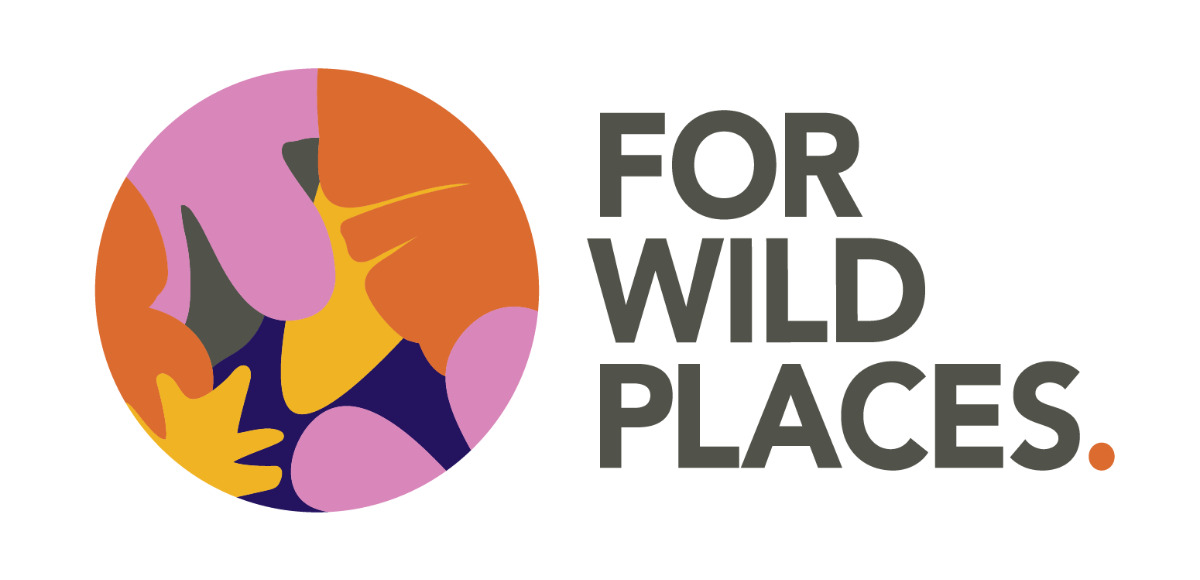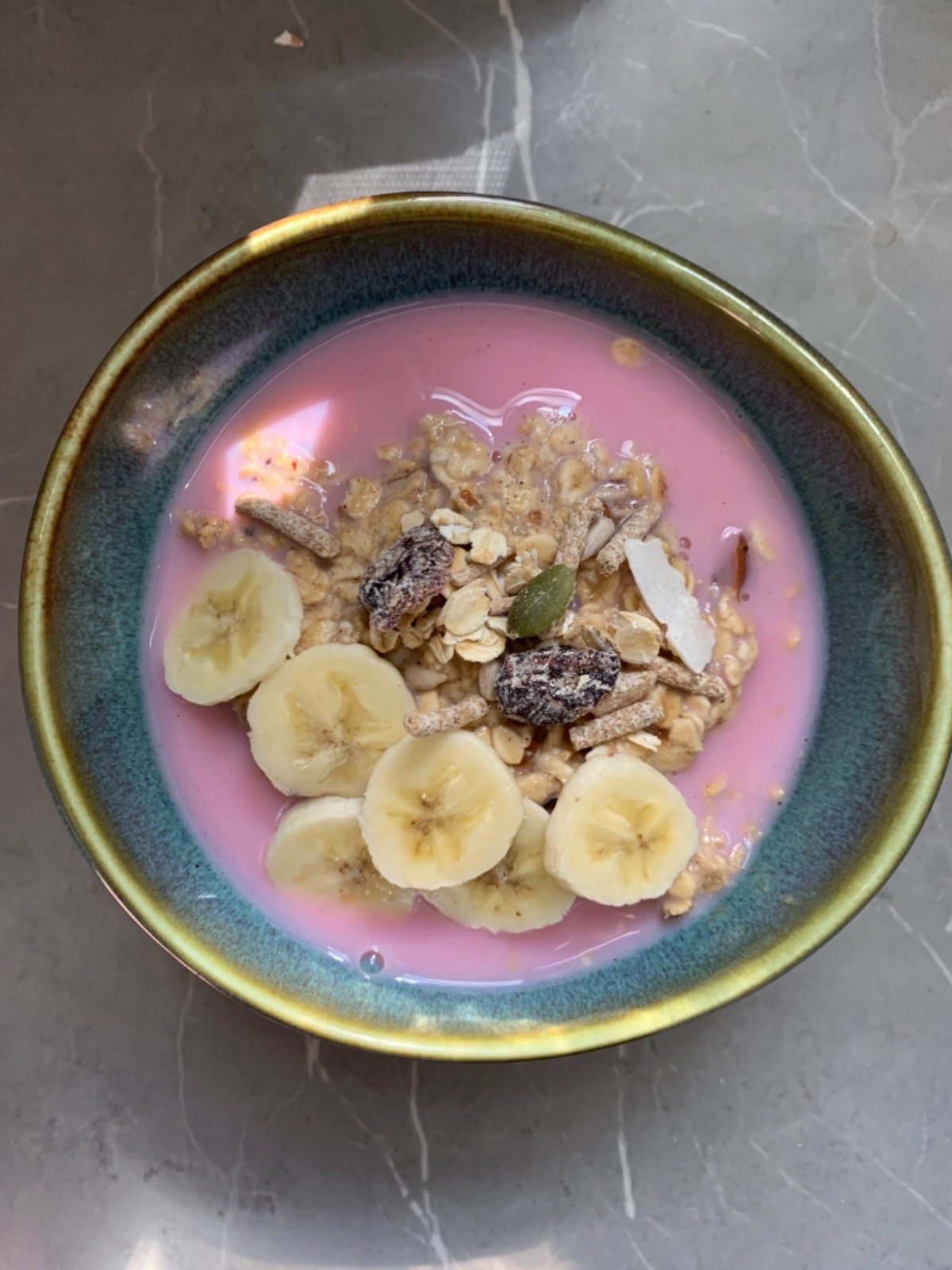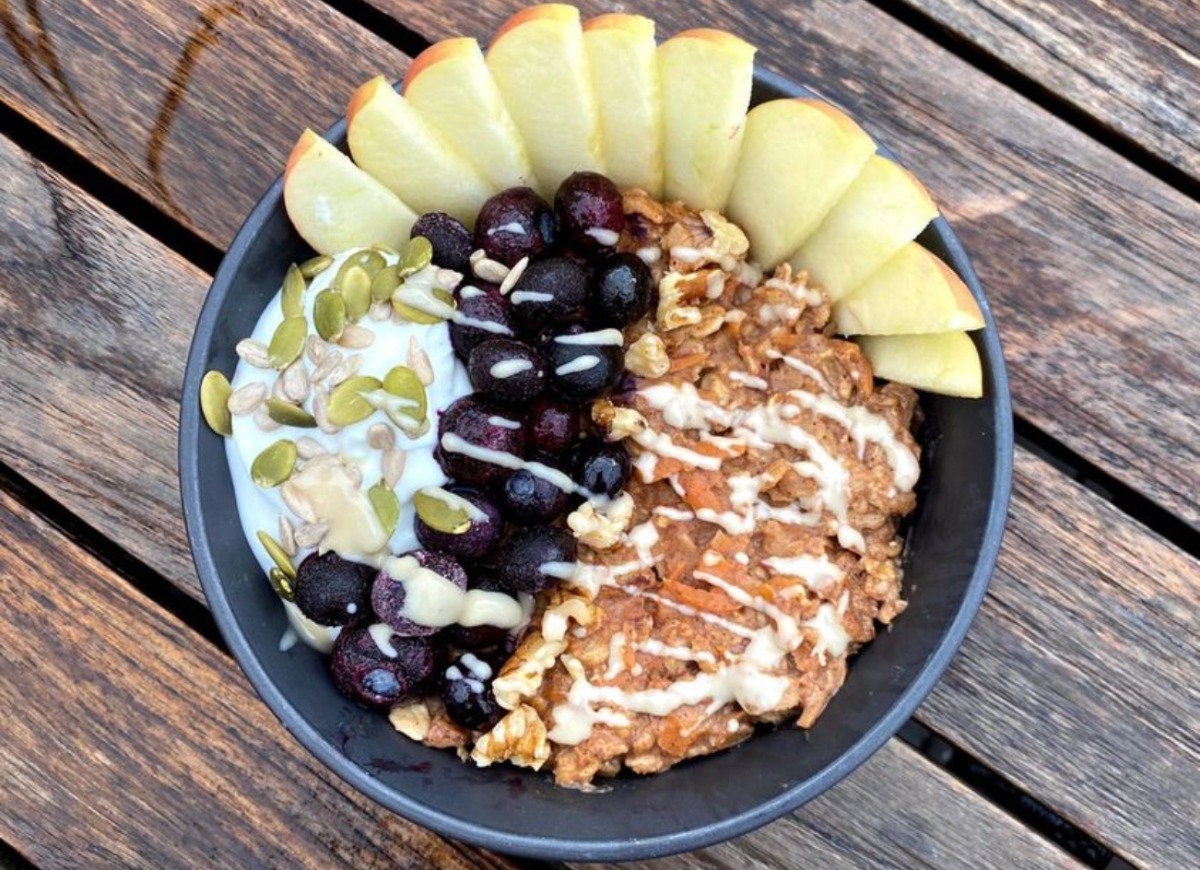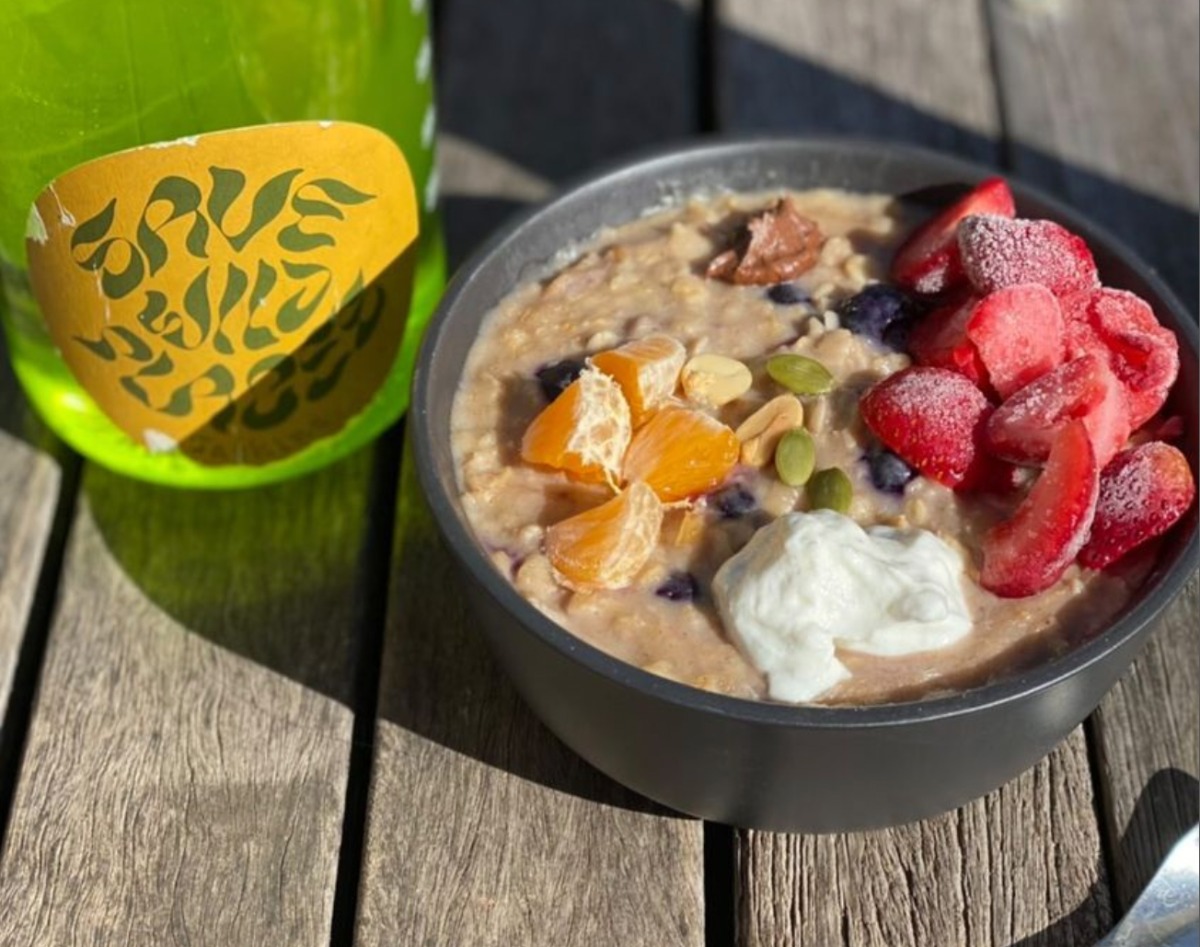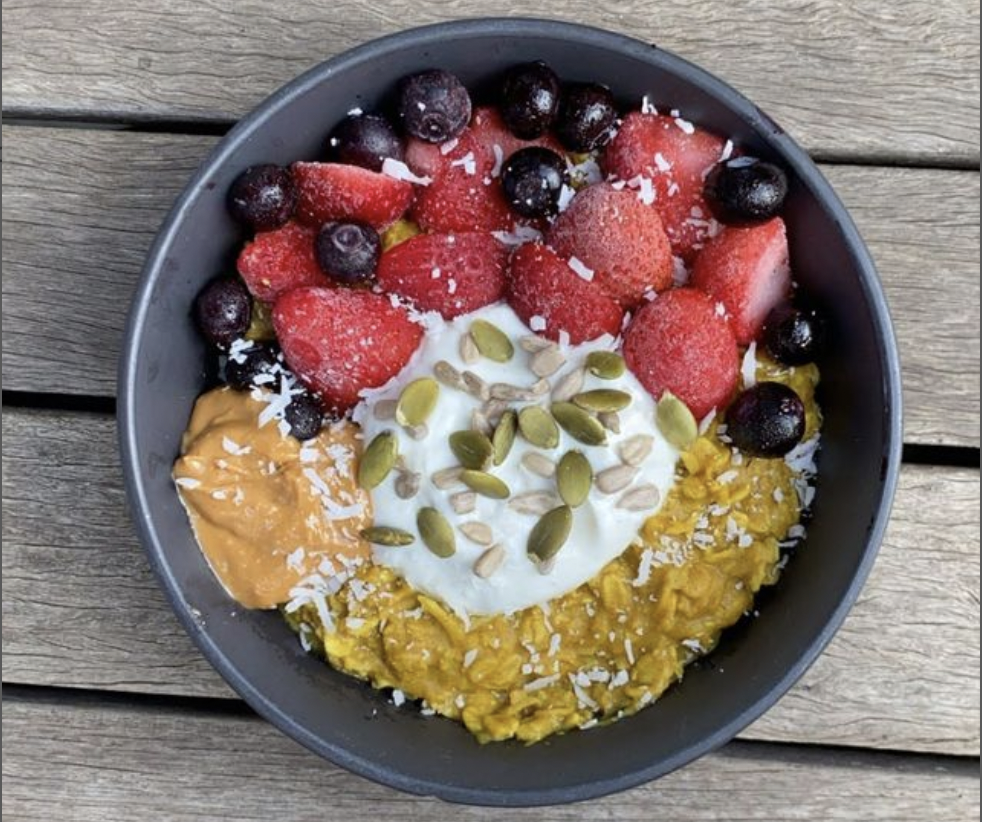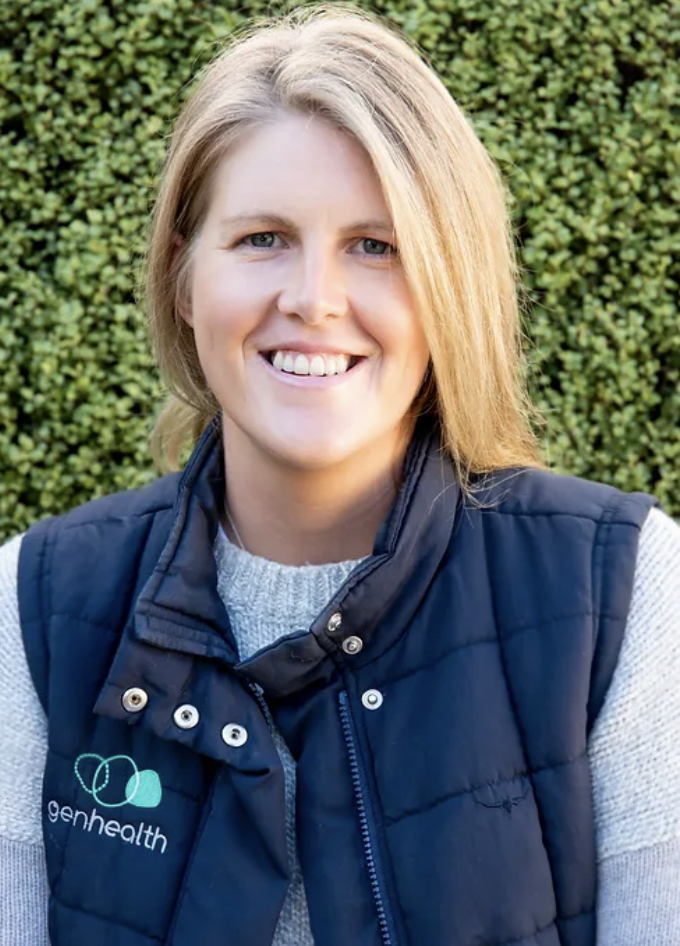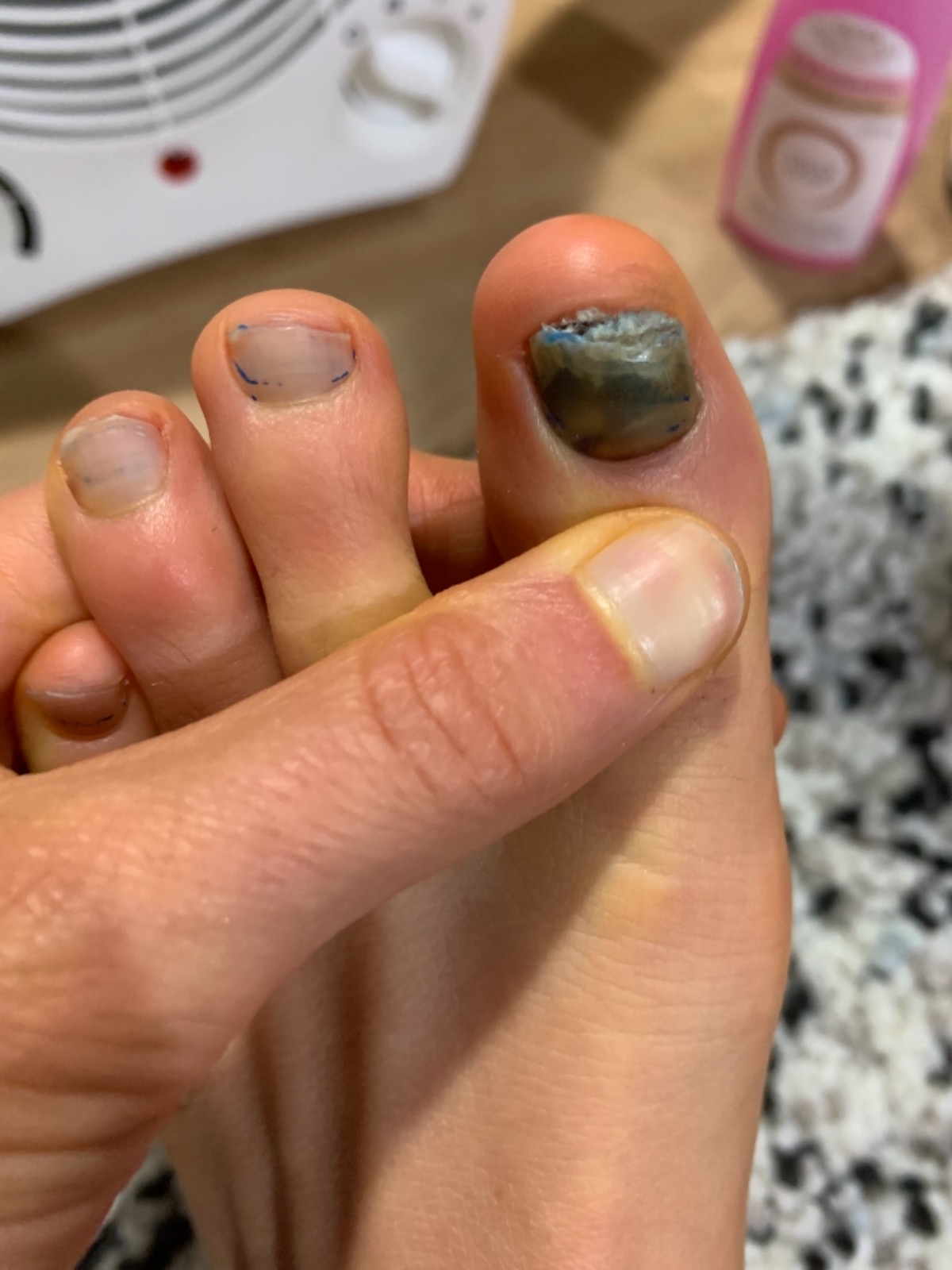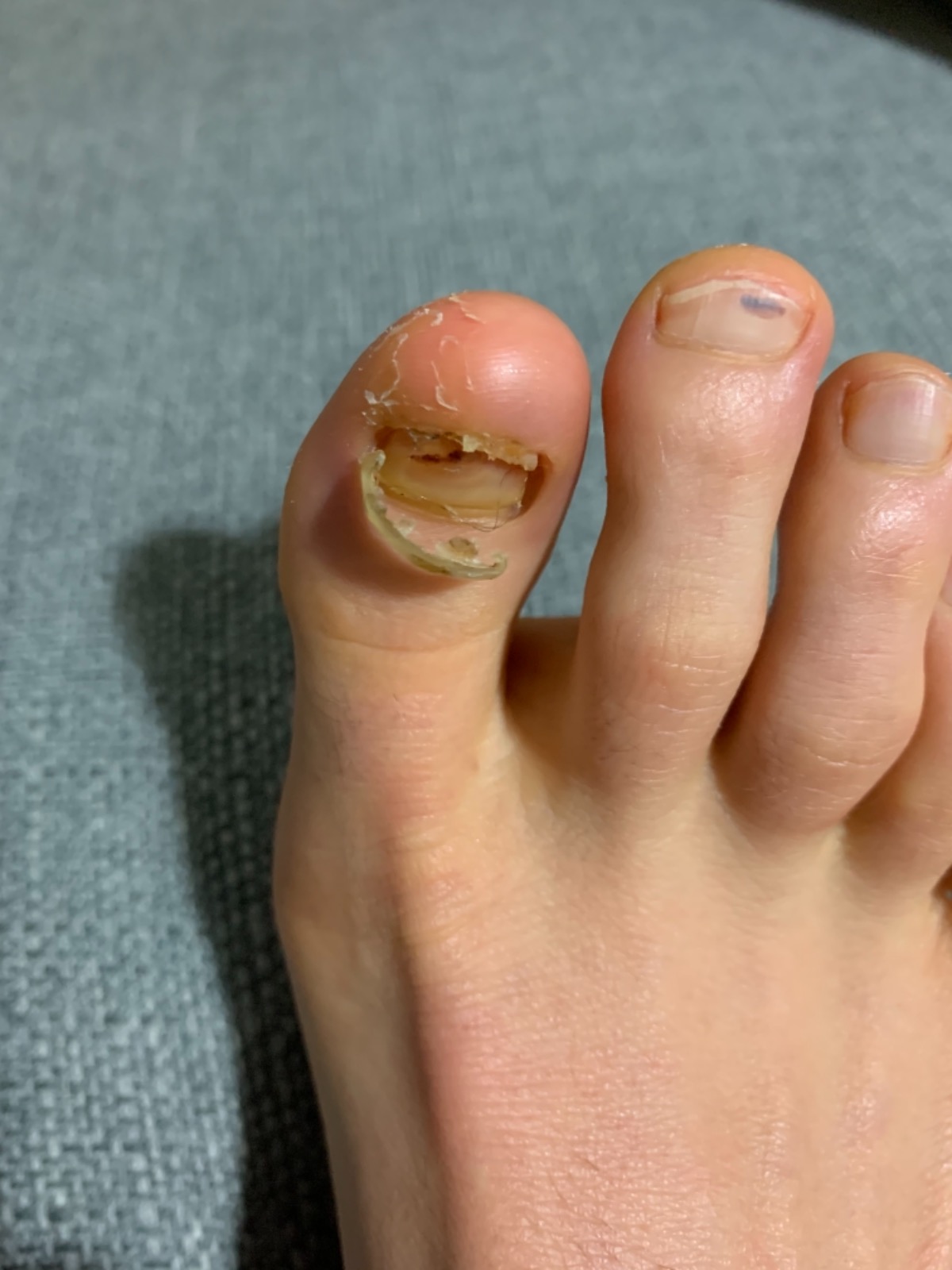14.10.2022 | Celebrating podge and our feet
Oct 14, 2022 1:05 am
We protect what we love
FRIDAY . 14. 10. 22.
Good morning and happy Friday!
We hope you're warm and dry after another hectic weather week across Australia's east coast. NSW, VIC and Tasmania have all copped it, with widespread flooding and damage. We hope you and your loved ones are safe and well and are coping with the stress and concern of knowing this summer will be 'unseasonably' wet, again.
Our team are feeling it too, with event cancellations, minor flooding and general climate anxiety. The news can often feel overwhelming, however as our patron saint of wild places, Dr Bob Brown says, 'Don't get depressed, get active'. So from the whole team here at FWP, we send out a collective hug to you all, ask you to hang in there, look after yourselves and keep fighting.
To lighten the mood, in this week’s newsletter, we’re celebrating that weird and wonderful mush that runners love - porridge. Yep, it was world porridge day on 10th October, so we provide you with a very brief summary of the history of this very humble dish and hook you up with some recipes to try. Saturday 8th October was also World Podiatry day, so we have a Q&A with Steph Lamont - Podiatrist and Director at Gen Health Hamilton. Stephanie provides advice on how to best take care of your feet, how to stop losing toenails and how to prevent blisters. Consider yourself warned - the section contains some images of gross-looking toenails (that really could have used Steph’s advice). Finally, I provide a brief update of my 30/100 training (which is not going as planned).
Happy reading folks!
WORLD PORRIDGE DAY: 10TH OCTOBER
Exploring a very brief history of that delicious mush that runners love
I'm going to make a bold statement - porridge is the most humble, diverse and universal of dishes! It's a delicious breakfast, snack, easy dinner or sweet dessert; it can be consumed hot or cold; you can add whatever you want to it; it can be made from just about any grain and; it's very nutritious.
Porridge is a dish that has been consumed and refined by cultures around the world. The preparation of rice porridge has been documented in China for about 4,500 years, while in other regions of Asia quinoa was consumed in the form of porridge more than 3,000 years ago. Porridge was also common in the Mediterranean area, Africa and Latin America.
The fragrance, appearance and flavour of Asia's breakfast porridge - an unadorned dish of rice boiled in water or stock - varies according to the country and the rice grain used. In China, it's known as congee; in Japan, it's okayu; in Korea, juk, and in Thailand, jok, to name but a few.
Overnight oats with sunflower seeds, dates and cinnamon, topped with banana, muesli and strawberry oat milk
In Scotland, porridge was originally considered to be the 'poor peoples’ food'. Particularly in rural areas, oats were considered a staple food and the porridge produced from them was not only eaten hot but also stored in cooled form in wooden porridge drawers. It was during the Medieval period in Scotland, where a lack of sun and high humidity allowed only the hardiest of grains to grow, that oats became an increasingly major part of people’s diets.
We may take grains for granted today, but to early societies, they were fundamental to survival - I stand by my bold claim.
Here is a great Congee recipe (for those who would like to try something different to oats).
For those of you who follow Paige on IG and have porridge envy most mornings, here are some of her recipes that she's shared:
Carrot cake: 1 cup oats; 1.5-2 cups liquid of choice; 1/2 carrot grated; 1 tsp cinnamon; 1/2 tsp ground ginger; pinch salt and; 1 chopped date. Mix everything in a pot and simmer until desired consistency reached. This one is good with a little bit of tahini drizzled on top and some chopped walnuts.
Super simple, (Paige's fave): 1 cup oats; 1/2 banana; 1 tbsp peanut butter; 1.5 - 2 cups liquid of choice; pinch sea salt and: handful frozen blueberries. Put all ingredients except blueberries in a pot and simmer until desired consistency reached. Make sure to mix it pretty hard to dissolve the banana. Stir blueberries through before serving. Top with fruit nut butter etc - chocolate is really good.
Turmeric: 1 cup oats; 1.5-2 cups liquid of choice; 1/2 tsp turmeric; 1 tsp cinnamon; 1/2 tsp ground ginger or chopped crystallised ginger; pinch salt; pinch pepper; 1 chopped date and; small handful shredded coconut. Mix everything in a pot and simmer until desired consistency reached. Top with all the fruit, nut butter and yogurt.
🌾 🌾 🌾
INTERNATIONAL PODIATRY DAY
October 8th
Steph Lamont, Director and Podiatrist at Gen Health Hamilton.
Can you provide any low-effort recommendations that runners can do to prevent injuries to their feet?
To best prevent lower limb injury in runners: strength training! Weighted single-leg calf raises are a great strengthening exercise that anyone can do at home. Running does not increase your muscle strength or load capability, so it’s important to incorporate strength training into your weekly exercise plan.
How can runners best take care of blisters and other common foot problems e.g. calluses, corns etc (both preventative and after-care)?
Prevention is always better than treatment. Blisters are caused by moisture, movement and friction. Always get your runners fitted by a trained professional. Your shoe size can vary between brands, so too does the fit of each brand on your feet - so never assume your size.
Lock lacing: using the last lace whole, follow a “lock lacing” technique. This ensures your foot will sit firmly in the heel counter, and reduce movement of your foot in the shoe.
Socks: breathable natural materials in socks are best, as they wick moisture such as sweat or rain from your skin to the sock. If your on a long run/ hike and your socks become very wet it’s always best to change them to dry ones when possible.
If you find you develop any hot spots (warm, red rub marks on feet, which haven’t developed into a blister yet) you can use a hypoallergenic tape such as hyperfix to the hot spot area, to reduce friction and prevent a blister from forming.
If you get a large callous build-up, it’s worth visiting your podiatrist to get the callous removed - a large build up of callous (hard dry skin) can cause blisters, and blood blisters will often form underneath.
This is what happens when you run 100kms in shoes that are too small (happened to both big toes).
How can we stop losing toenails?
Ensure your toenails are always kept really short, especially before a big run. Longer toenails will press into the soft skin around them and can cause blisters and wounds. Lock lacing and ensuring your runners fit correctly will also prevent toenail loss. The shape of your runners might not suit the length or shape of your toes/feet and this can cause repeated trauma over time.
On 1 Jan 2022, 7 months after UTA, my second big toenail finally fell off (new year, new toenail!)
What's the mankiest thing you've ever seen happen to a runners foot?
Probably severe blisters. These are always the undoing of unprepared runners in big events. Severe blisters become wounds, and can be incredibly painful. I treated a patient once who had completed a 100km run, and they had blisters across their whole forefoot - they looked like third degree burns. The patient wasn’t able to weight-bear for a week while they healed.
What motivated you to get into podiatry, and what is your significance between feet and movement?
I love helping people. Everyday people come to me with such varied foot problems, and it’s so rewarding to be able to share information, provide evidence-based treatment and improve their quality of life. Feet are essential for enabling us to move around. We only get one pair of feet, and unfortunately, people will only be reminded of that when there is something wrong with their feet. Prevention being better than cure - means we should all have regular foot checks to ensure they remain in good working order.
🦶 🦶 🦶
21 weeks of ankle pain and not being able to walk most mornings has meant that I’ve been dreading going for runs. I would need to take Nurofen before each run to actually make it through the distance. This has not been good for either my ankle nor my stomach, so have decided to rest. As a result, I’m not hitting the weekly running distance I’d like to be. Whilst I think I could make it through the 100 miles in December, I actually want to enjoy it and even be a bit competitive (I set a goal of top 15 female). I would not achieve either. Alas, I’ve decided to defer my entry to next year, which I’m sad about, but feeling very relieved. For the past three weeks I’ve enjoyed some much needed sleep ins, I’ve been focusing on a new job and cycling in between rain down-pours (plus the occasional very slow run). My ankle is already feeling much better.
There’s a very good chance I’ll still head to Kosci and either do the 100km run or volunteer as a pacer for the miler.
💪🏼 🏃♀️ 👊🏼
And that's it for another week! We hope you have a great weekend exploring and celebrating wild places and, as always, thank you for your continued support.
Hilary, Elanor & the For Wild Places team
UPCOMING EVENTS
16/10 TRS Silvan | event info
20/10 Trail Chat with Michelle Merlis | register
16/11 Trail Chat with Erchana Murray-Bartlett | register
20/11 Great Forest Trail Marathon, Healsville | register
11/02 Trail First Aid Course, Arthurs Seat | register
25/02 takyana Trail, Waratah, Tasmania | register
We acknowledge the the First Nations people who have been custodians of land, waters and culture for tens of thousands of years. We pay respects to First Nations Elders past, present and emerging.
This email was written on Gadigal land of the Eora nation. To these people, we pay our respects.
Always was, always will be.
